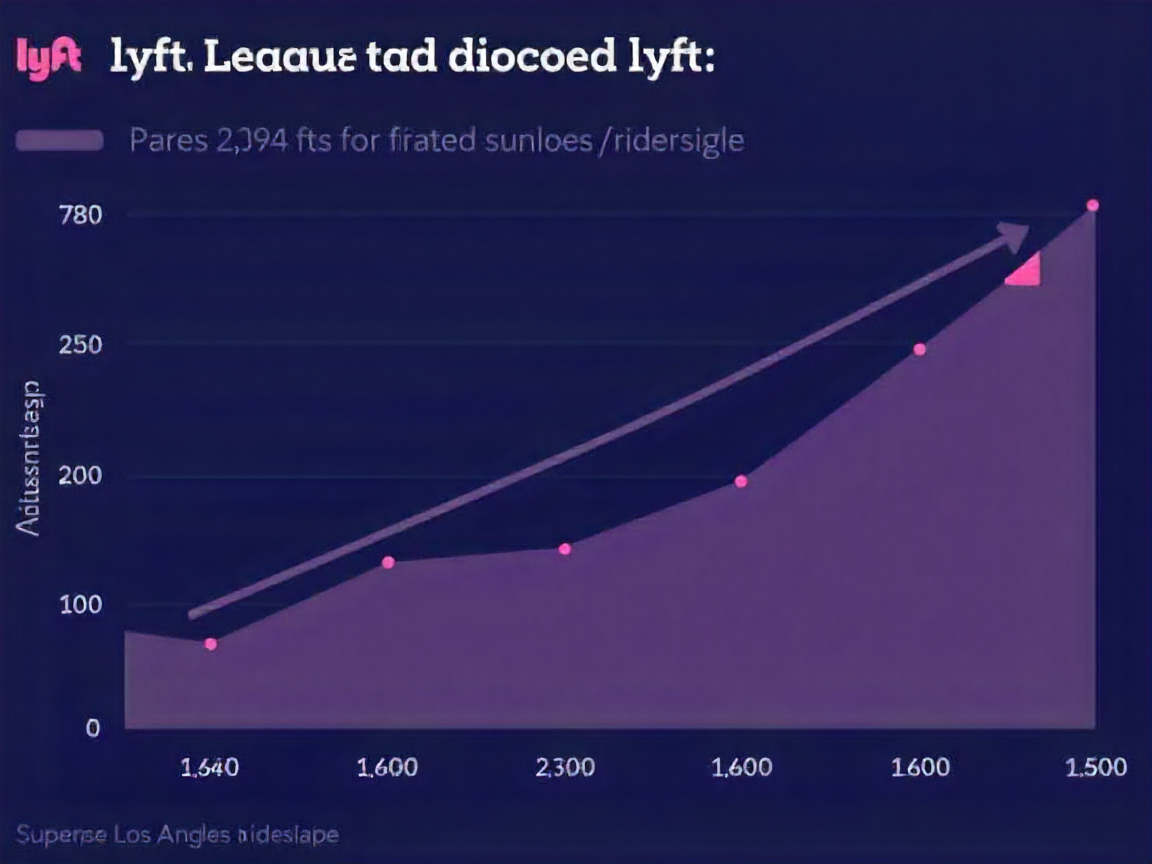Recently, transport officials have mandated ride-hailing services to clarify how they calculate their fares, a decision that has potential implications for both drivers and commuters. This development comes on the heels of app-based cab drivers temporarily halting their planned strikes. Increased fare demands have led to driver unrest, prompting officials to seek accountability from key players in the industry.
Understanding Fare Calculations
Officials from the transport commission have requested written justifications from companies like Ola, Uber, és Rapido, asking how they arrive at their pricing in the context of RTO-approved rates. This request reflects ongoing negotiations following recent meetings that highlighted the need for clarity and fairness in fare structures for both drivers and passengers.
According to additional transport commissioner Bharat Kalaskar, the ongoing discussions revealed a pressing need for these companies to provide transparency regarding their fare calculation methods. This will include how their prices differ from those approved by the road transport authority (RTO).
Driver Protests and Consumer Impact
The surge in fare demands has sparked significant agitation among many drivers across the state. There’s a clear sense of frustration regarding how fare structures are managed and communicated. Kalaskar also indicated that any recent suspensions of driver IDs for adhering to RTO-approved fares should be lifted, reflecting empathy towards the drivers who may have acted in good faith.
In Pune, the RTA has set a baseline fare of INR 75 for the first three kilometers and an additional INR 25 for every subsequent kilometer. Under a potential new fare system, a ten-kilometer journey could potentially amount to INR 249.50. In comparison, the average fare for the same distance through basic ride-share options currently stands around INR 175. Many commuters have blamed the Pune RTO for slow actions that have allowed fare discrepancies to escalate.
Voices from the Ground
Personal experiences have flooded social media, with users expressing their discontent. For instance, Sushmita Ghosh highlighted significant inconveniences at a new airport service, with drivers allegedly charging exorbitant amounts after initial bookings. Such instances are indicative of broader issues that impact travelers, emphasizing the need for clarity and fairness in pricing.
Moreover, Aneesha Acharya shared that, on booking a ride through Uber, the fare escalated more than doubled unexpectedly when the driver insisted on charging by a different method once they reached the destination. Instances like these can leave both drivers and passengers in a bind, complicating the already strained relationship between technology and traditional fare models.
Looking Forward: Potential Policy Changes
The Maharashtra Kamgar Sena’s president has expressed optimism as officials have pledged that Ola, Uber, és Rapido will provide written assurances regarding the implementation of RTA-based fares. As the situation unfolds, it appears regulatory bodies are gearing up to introduce a new policy that could redefine fare structures for app-based services.
However, caution is necessary; industry stakeholders have indicated disagreement with legislative changes, suggesting that guidelines provided by central authorities differ significantly from local rules. As the conversation pivots towards policy reform, it’s essential for all stakeholders to stay informed about potential changes influencing fare strategies.
Turizmusra gyakorolt hatás
Effective regulation and clear fare structures can have ripple effects in the tourism sector. When visitors are confident that they can rely on transparent pricing for rideshares, they are more likely to explore cities with comfort. This can directly enhance tourist satisfaction and contribute to broader economic growth in travel sectors that heavily depend on hassle-free local transportation.
For those looking to enhance their travel experience, platforms like GetExperience.com provide a safe and efficient way to book local transportation and excursions, ensuring that bookings not only cater to budgetary needs but also ease concerns surrounding fare transparency.
Conclusion: The Bigger Picture
This evolving narrative around ride-sharing fares underscores the importance of transparency within the taxi and ride-hailing ecosystem. It serves as a reminder that even amidst bureaucratic policies and fare disputes, personal experiences reign supreme. Understanding fare structures is critical for both drivers’ livelihoods and passengers’ trust.
While collective discussions and feedback are vital, nothing compares to the genuine experience of navigating a city as a tourist. By booking experiences with verified providers through platforms like GetExperience.com, potential travelers ensure they encounter convenience, affordability, and a treasure trove of experiences tailored to their liking. Take the first step towards an unforgettable journey—GetExperience.com!

